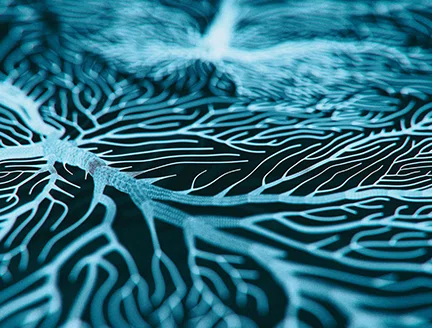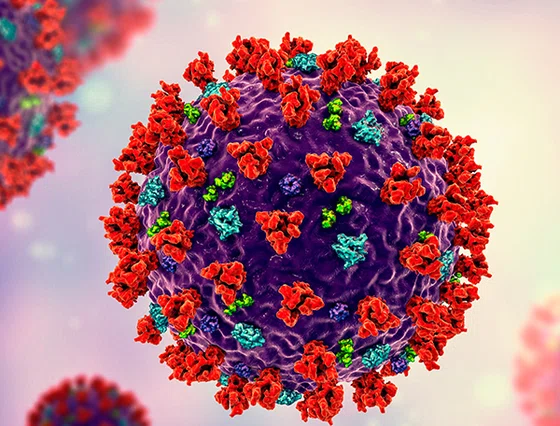


Clinical research
An Answer to a Transplant Problem
An Answer to a Transplant Problem
Researchers find renal vein grafts offer a viable solution to patients
Researchers find renal vein grafts offer a viable solution to patients
AT A GLANCE
Kidney Disease in the U.S.
37
MILLION
Number affected by kidney disease
0
Number living with kidney failure
0
Number on the kidney transplant waiting list
0
Number able to get a kidney in 2022
0
Number of living donor transplants performed in the U.S. last year
Source: American Kidney Fund
The failure of an organ is, for all intents and purposes, a death sentence as it will eventually lead to system-wide failure. Research has brought many advances to stave off negative outcomes, but none of these are a cure.
One treatment for end-stage kidney disease is transplantation. It is actually a cure that not only makes a patient more comfortable but also extends their life. However, the list of those willing to donate organs is exceeded by the number of those who need an organ. There are more than 103,000 people in the U.S. on the National Transplant Organ list. Of those, more than 90,000 are waiting for a kidney.
Kidney transplants from living donors are preferred because the graft's survival is better than from a deceased donor. The left kidney is preferred because it has a longer renal vein. However, if the donor is prevented from donating the left kidney, and the right kidney is used, the right vein may prove more difficult venous anastomosis, especially in patients with higher BMI or a deeper pelvis. To combat this, multiple methods have been described to increase the length of the renal veins. A team of researchers at Houston Methodist looked at a less described option, the use of renal vein extension grafts from a deceased patient to improve anastomosis.
The researchers reviewed the results of all 45 kidney transplant recipients at a single center over a five-year period who received a right-side organ, including those who received a renal vein extension using a deceased donor iliac vein (38), autologous internal jugular vein extension (4), or no vein extension (3). The cause for kidney failure in most of the patients was either diabetes or high blood pressure.
AT A GLANCE
Kidney Disease in the U.S.
0
MILLION
Number affected by kidney disease
Number living with kidney failure
0

0
Number on the kidney transplant waiting list
0
Number able to get a kidney in 2022
0
Number of living donor transplants performed in the U.S. last year
Source: American Kidney Fund
Our experience shows vein grafts donations from deceased patients don’t present technical complications and show excellent graft function
Andrea Meinders, MD
resident in the Department of Surgery
Of the 38 patients who received grafts from a deceased donor, 36 displayed immediate graft function. The remaining two temporarily required dialysis due to a reaction to anti-rejection drugs. There were no technical or vascular complications noted following transplantation, including vein thrombosis, stricture, or anastomotic breakdown. The grafts also demonstrated excellent short and midterm function, with only one unrelated graft failure from acute tubular necrosis.
Of the four transplant recipients who underwent autologous internal jugular vein excision, one patient experienced vein thrombosis on postoperative day one that required transplant nephrectomy, but the remaining patients had uncomplicated postoperative courses. The three patients who did not have an extension graft suffered no complications.
“We believe these results show that, because of the ever-increasing waitlist and shortage of available organs, all options for kidney donations should be considered,” said Andrea Meinders, MD, a resident in the Department of Surgery.
While the team believes further research is needed, it also believes deceased donor vein grafts have the advantage of being readily available in most centers and do not require an additional procedure for the recipient to obtain.
“Our experience shows vein grafts donations from deceased patients don’t present technical complications and show excellent graft function,” said Meinders.
Meinders, A. M., Knight, R., Eagar, T. N., Hobeika, M., Podder, H., Gaber, A. O., & Yi, S. G. (2023). Deceased donor vein extension grafts for right living donor kidney transplantation. Clinical Transplantation, 37(8), [e14963]. https://doi.org/10.1111/ctr.14963
Erin Graham
September 2023
Related Articles








